From the hilly areas where rubber and acacia trees are grown with low economic efficiency, to exploit their potential and strengths, people in Ngoc Lac, Thach Thanh and Nhu Xuan districts have boldly changed their crop structure, applied science and technology to "awaken" the "sleeping" hilly areas with production models that bring high economic efficiency.
 Asparagus growing model on the hills of Ngoc Lien commune (Ngoc Lac).
Asparagus growing model on the hills of Ngoc Lien commune (Ngoc Lac).
On a large hill garden in Ngoc Lien commune (Ngoc Lac), Mr. Pham Phu Phuc converted 2 hectares of ineffective acacia plantation to build an asparagus growing model. After a period of introduction and modern cultivation, this new crop has proven to be a breakthrough in income, not only for his family but also for the whole locality.
Mr. Phuc said: Asparagus is a perennial, herbaceous, light-loving plant, suitable for the soil and climate of sandy areas with high average annual temperatures. To select the right green asparagus variety, he signed a contract with a business in Hoang Hoa district to transfer cultivation techniques and at the same time purchase the product. After about 2 and a half months of planting, the plant begins to produce bamboo shoots, the life span of the plant is from 4 to 6 years, depending on the ability to care for it. According to Mr. Phuc, to improve efficiency, when the plant is over 0.5m high, drainage ditches must be dug because asparagus cannot withstand waterlogging. Mr. Phuc also boldly installed a drip irrigation system to each tree to provide moisture, replacing manual watering labor.
Identifying clean farming as a sustainable direction for product output, he hardly uses chemical fertilizers, and nutrients for asparagus are provided by decomposed manure and organic substances. In addition to asparagus, Mr. Phuc also improves hilly land to build greenhouses to grow chili, applying science and technology to improve productivity and product quality. At the same time, he is ready to guide the techniques of planting, caring for, and harvesting asparagus for households who want to replicate the model.
With the characteristics of soil, terrain and climate, people have taken advantage to replicate suitable production models, gradually forming concentrated fruit growing areas such as oranges, grapefruits, passion fruits, or livestock and poultry farms... That has changed the structure of crops and livestock in the locality, contributing to increasing people's income, opening up new production directions, and reducing the rate of poor households in the localities.
Ms. Tran Thi Huong - a household that has grown red-fleshed dragon fruit for many years on the hills of Xuan Du commune (Nhu Thanh) shared: Although it is not a traditional crop, dragon fruit has taken root on the fertile land of Nhu Thanh for many years, opening up a new direction for economic development for us. Red-fleshed dragon fruit is a type of tree that is not picky about soil, suitable for mountainous terrain, drought-resistant, has few pests and diseases, does not require much care, and produces fruit for many years... March to October is the main season for red-fleshed dragon fruit, so every month the tree flowers twice and then bears fruit. In the remaining months, the cold weather is not suitable for the flowering and fruiting process of dragon fruit, so electricity must be turned on to "force" the tree to continue flowering and fruiting.
From the investment capital, Ms. Huong built concrete pillars from 1.5 to 1.7m high, each tree is about 2.5m apart, around the base of the tree, it is necessary to regularly clean the grass to prevent weeds from growing wild, cover carefully to keep the roots from being damaged by sunlight, waterlogging... At the same time, cut off branches that cannot sprout and bear fruit, each branch should only have 3-4 fruits. In addition, apply science and technology to the care stage, invest in installing misting systems, automatic irrigation...
It is known that Ms. Huong's family currently has about 500 red-fleshed dragon fruit pillars and is one of the gardens that maintains stable yields year-round. In addition, on the family's hill, she also grows oranges, grapefruits, chrysanthemums, peonies, lilies...
It can be said that, by changing their production mindset, farmers have turned the hills into fruitful orchards and prosperous farms, not only creating jobs for local workers, contributing to hunger eradication and poverty reduction, but also promoting the sustainable development of local agriculture. Along with that, farmers also flexibly apply science and technology to production to create high-quality products with high competitiveness in the market.
Article and photos: Le Ngoc
Source






![[Photo] Visiting Cu Chi Tunnels - a heroic underground feat](https://vstatic.vietnam.vn/vietnam/resource/IMAGE/2025/4/8/06cb489403514b878768dd7262daba0b)

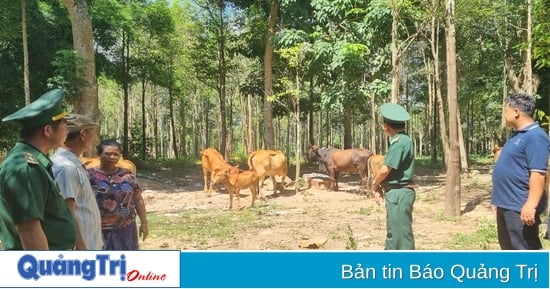
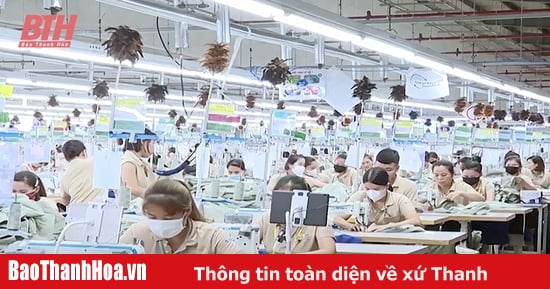
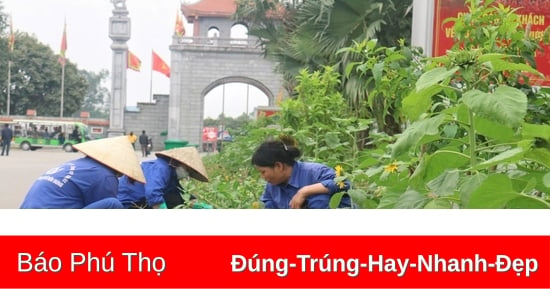
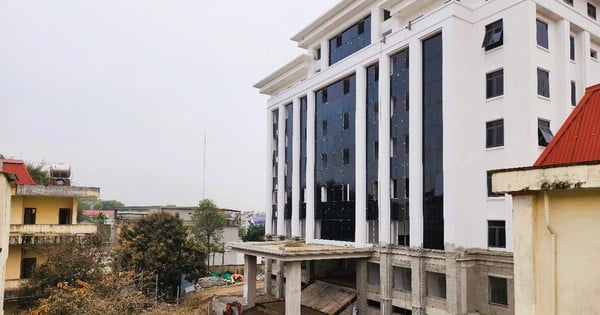

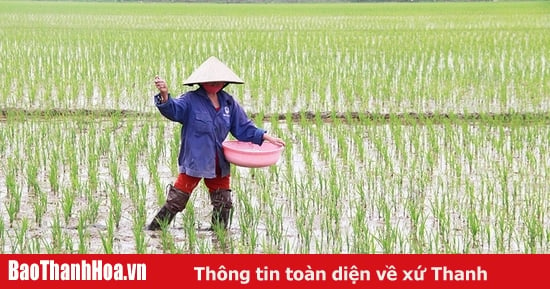
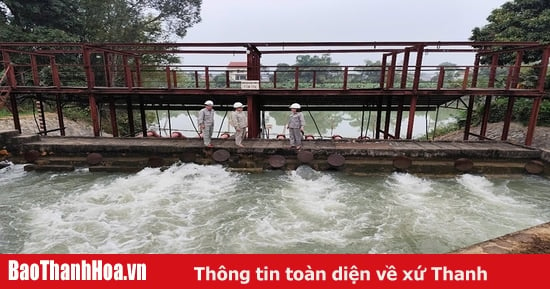
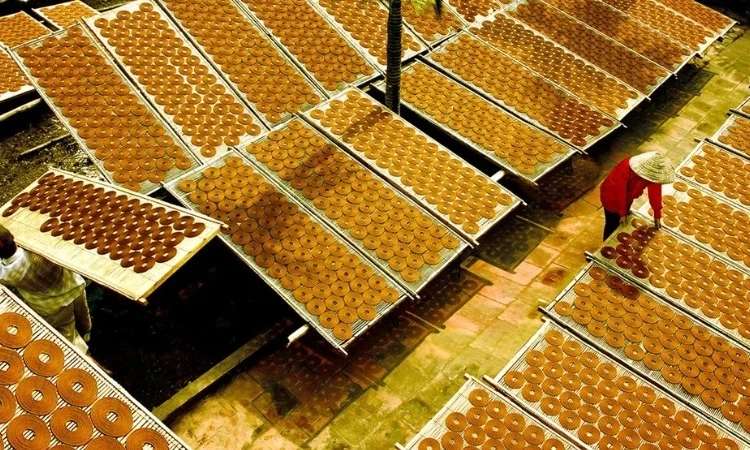




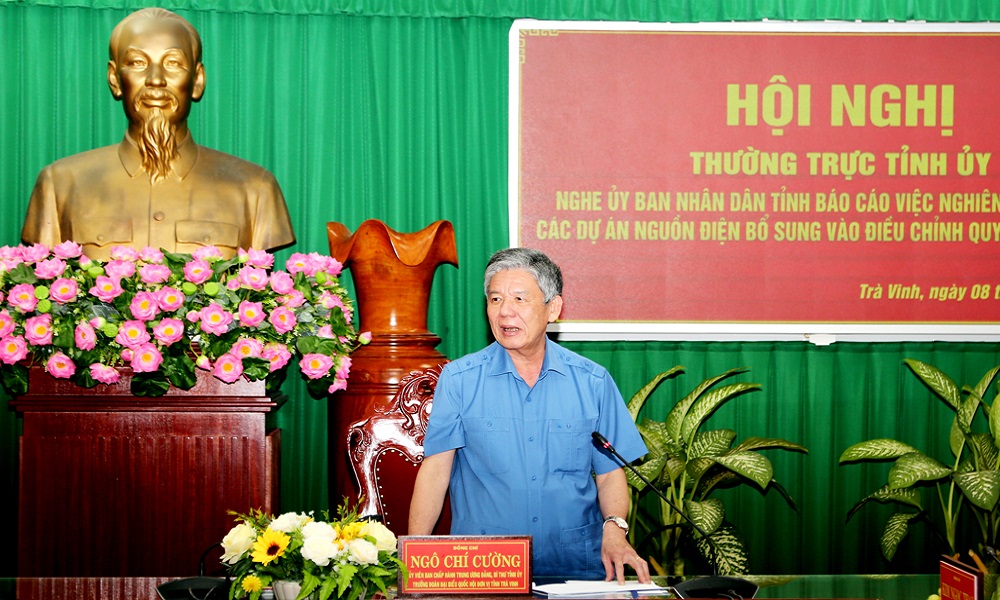



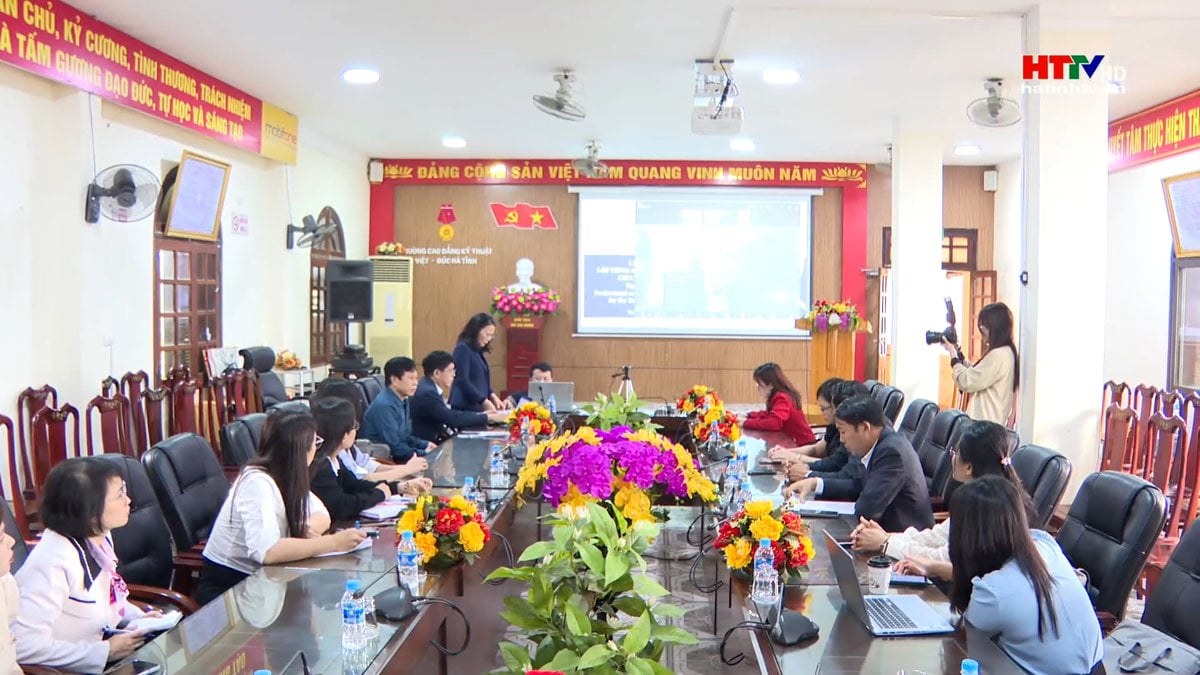

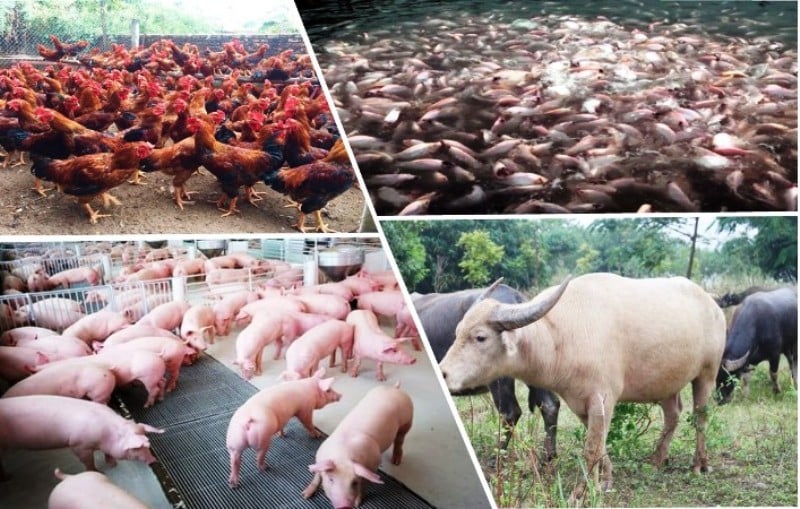
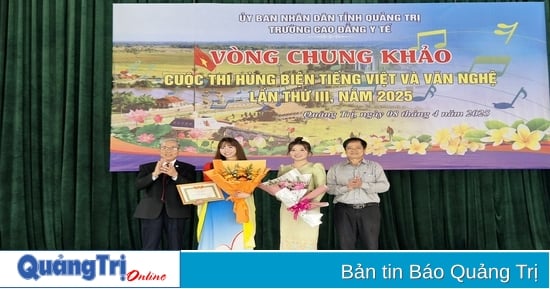

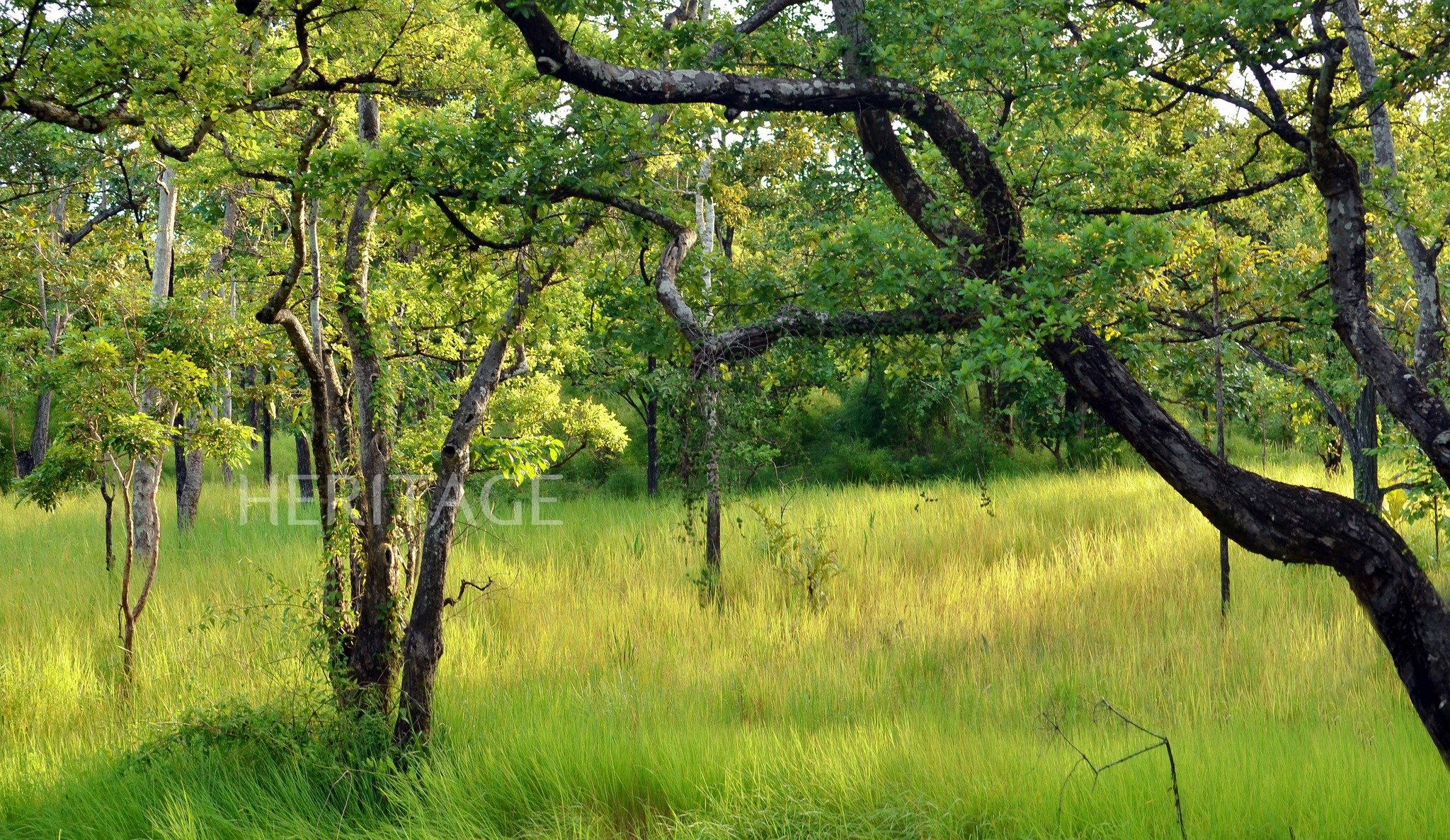



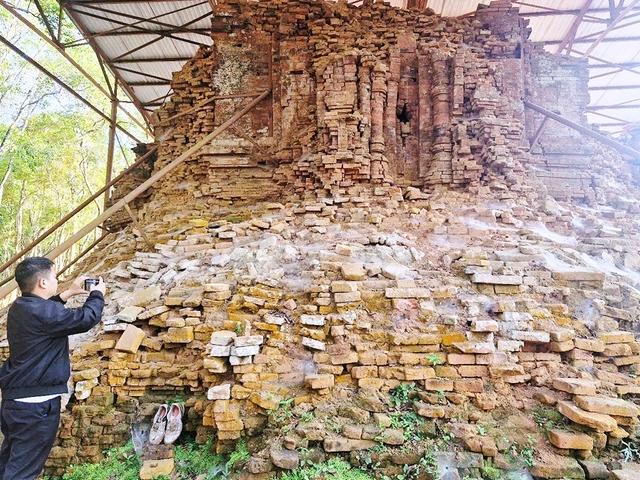



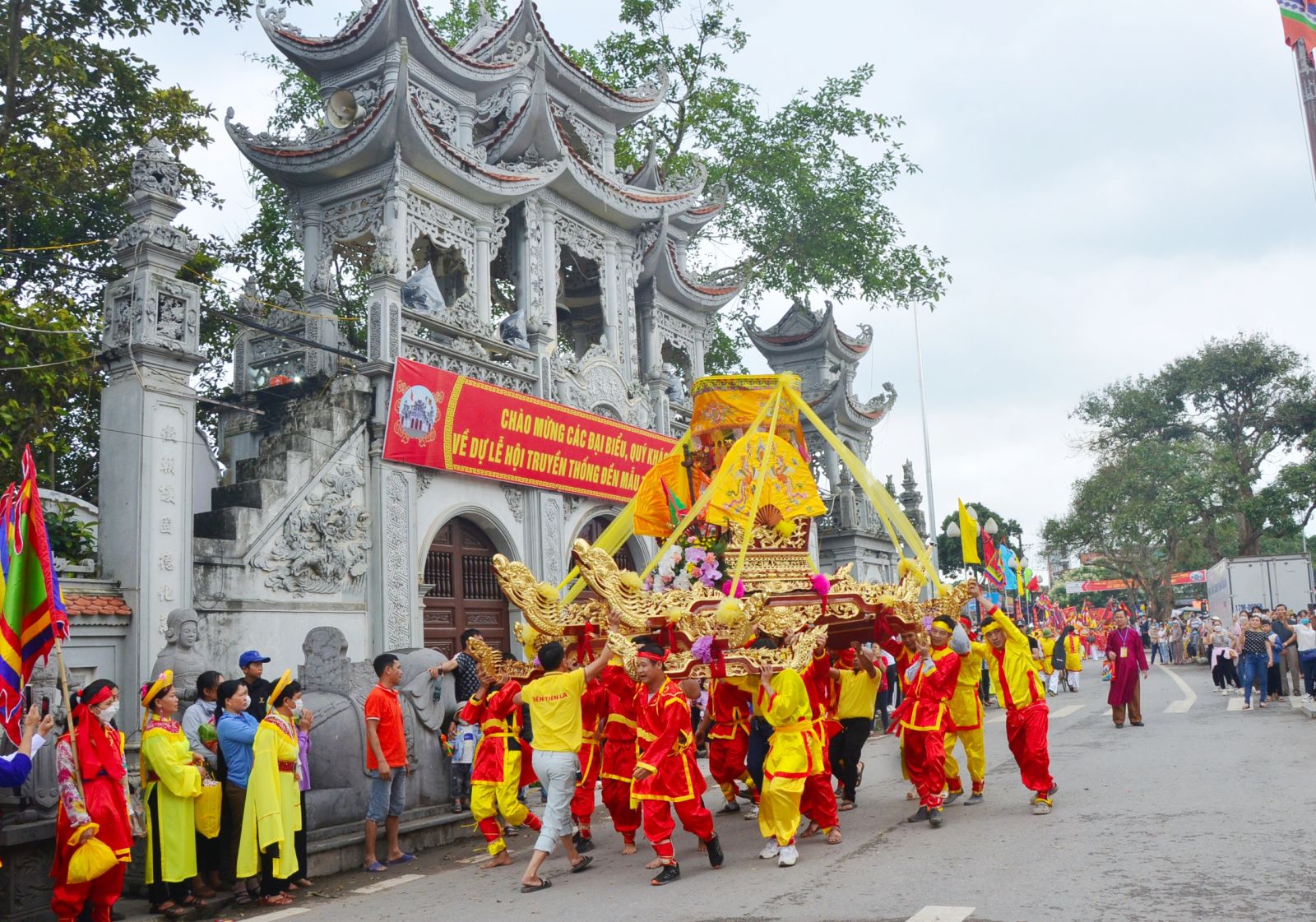

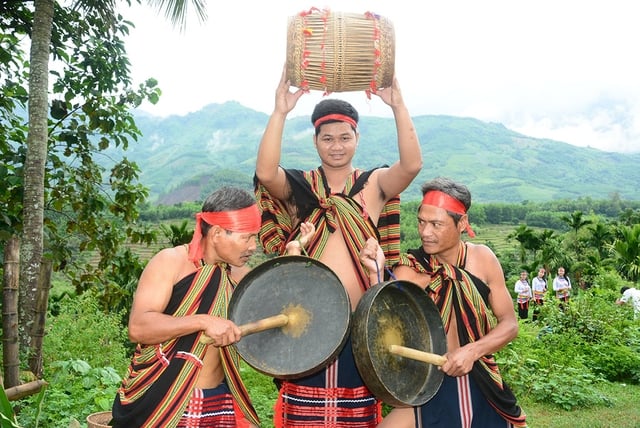


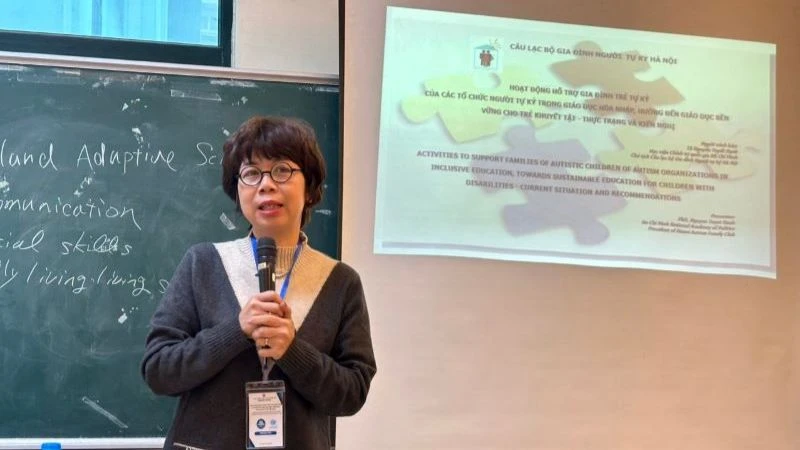



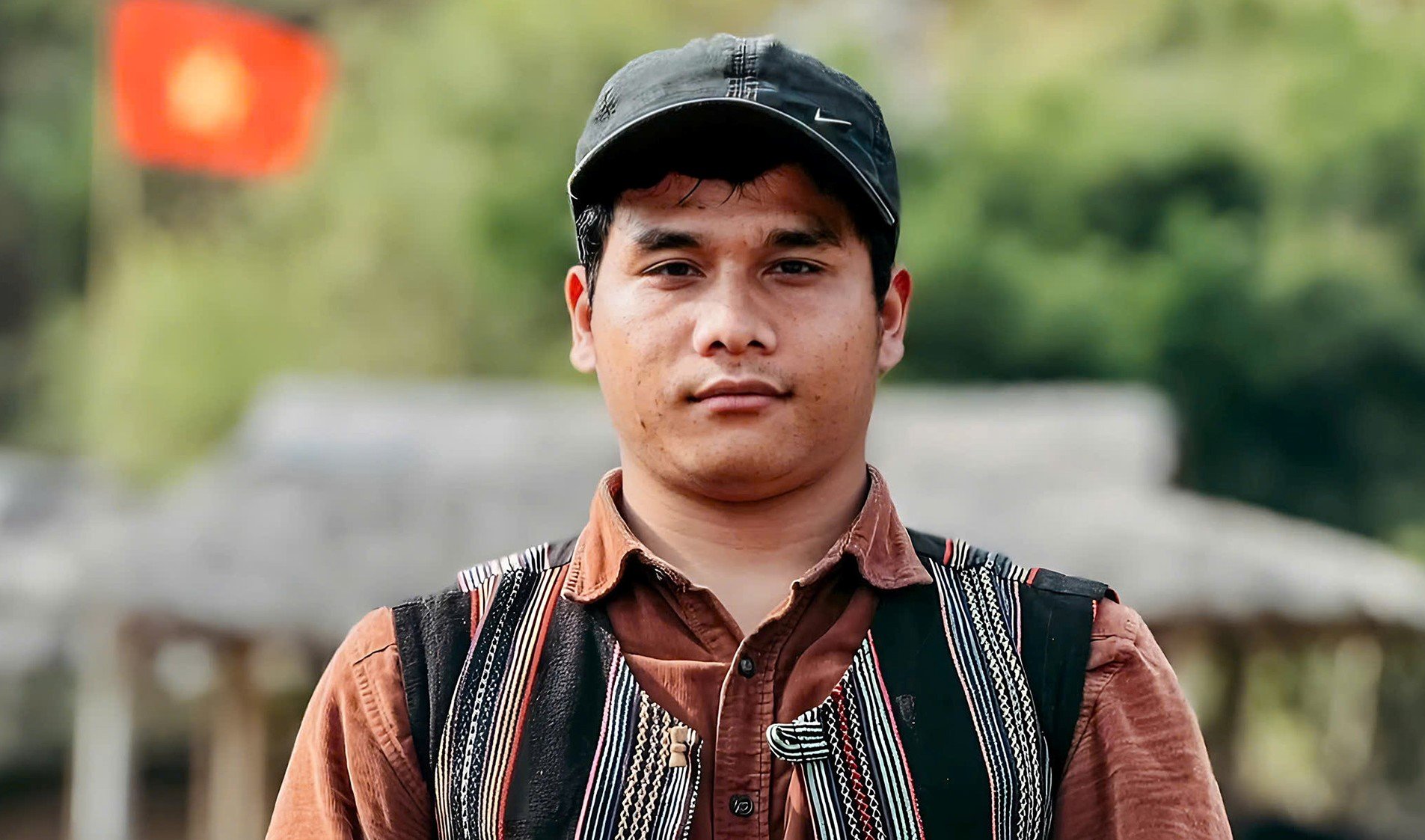









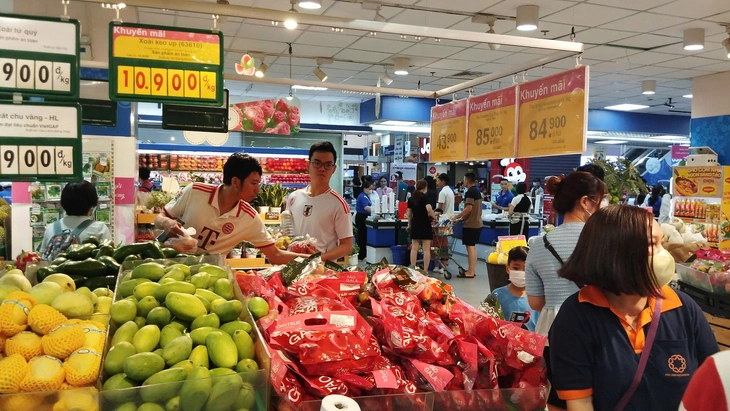



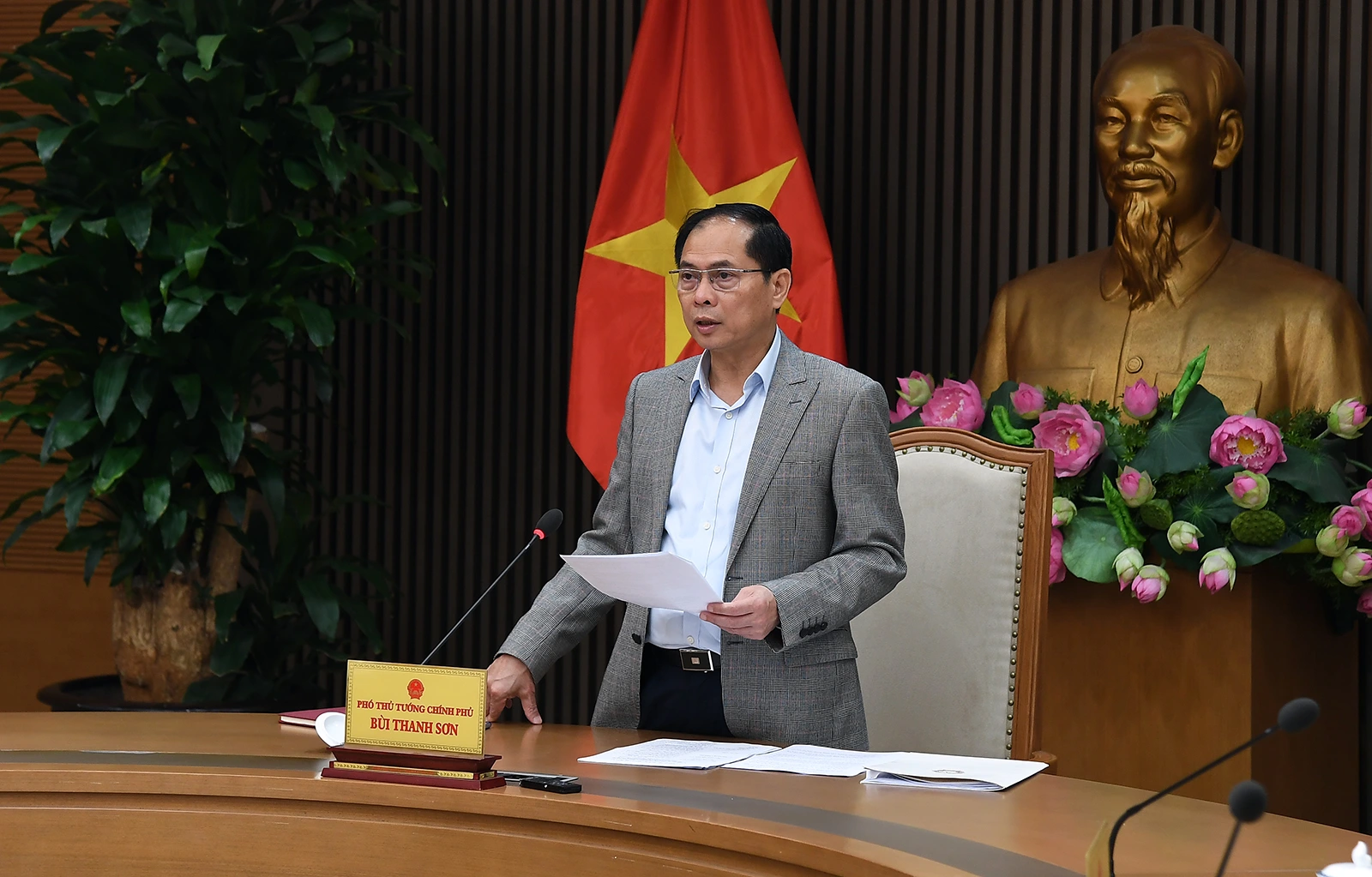











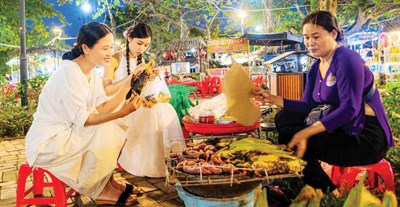
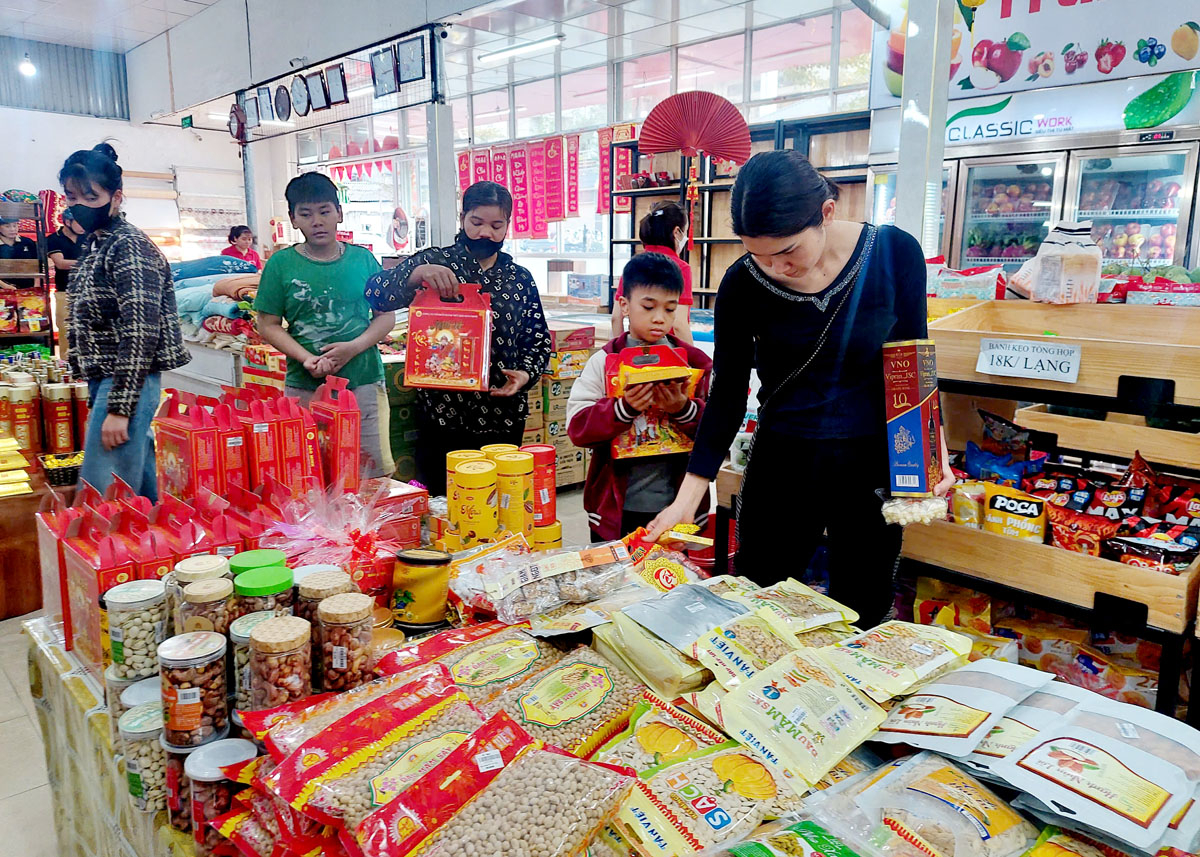
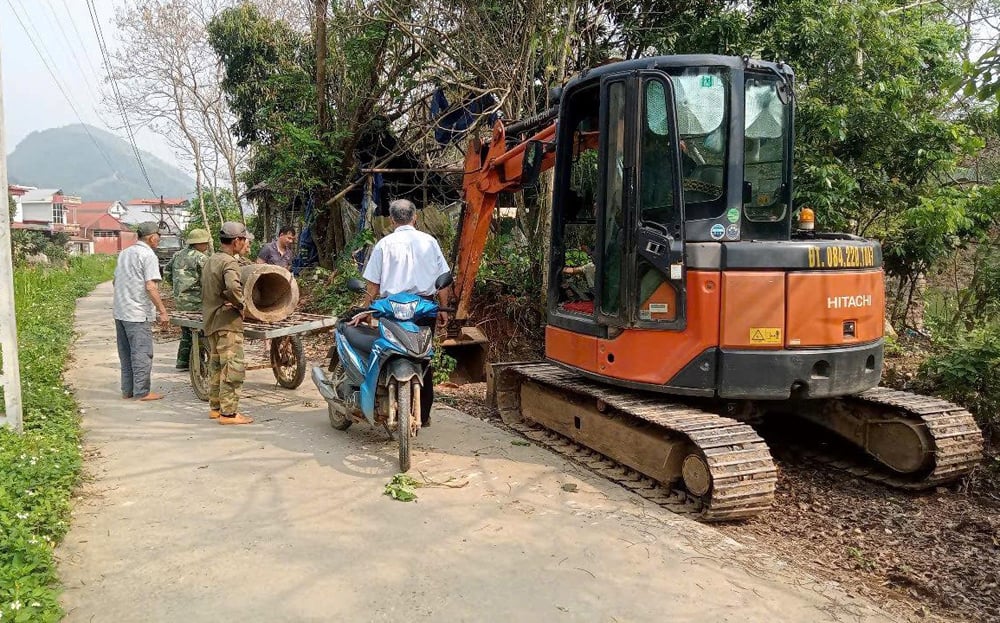


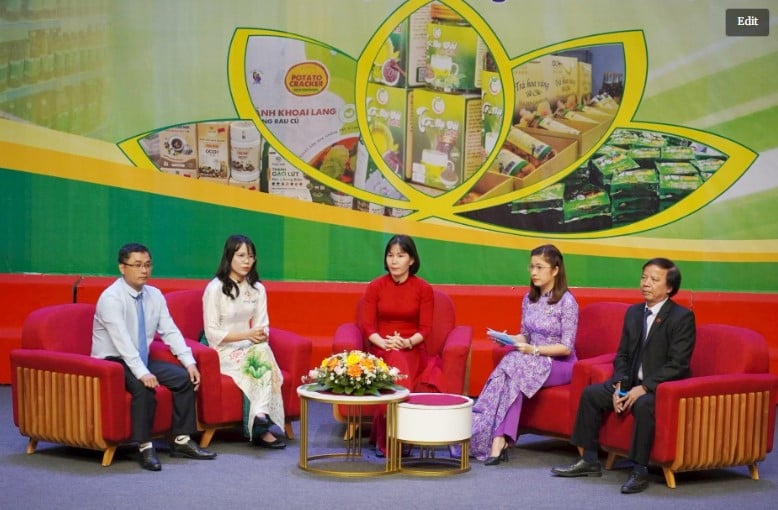

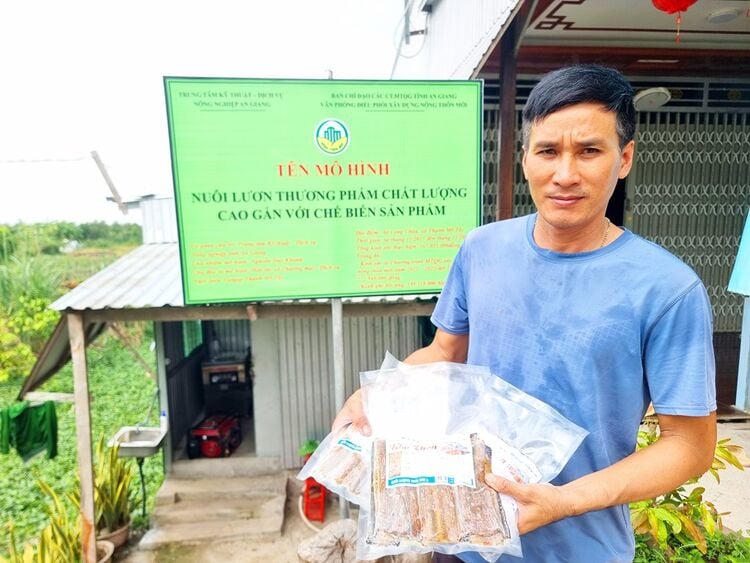
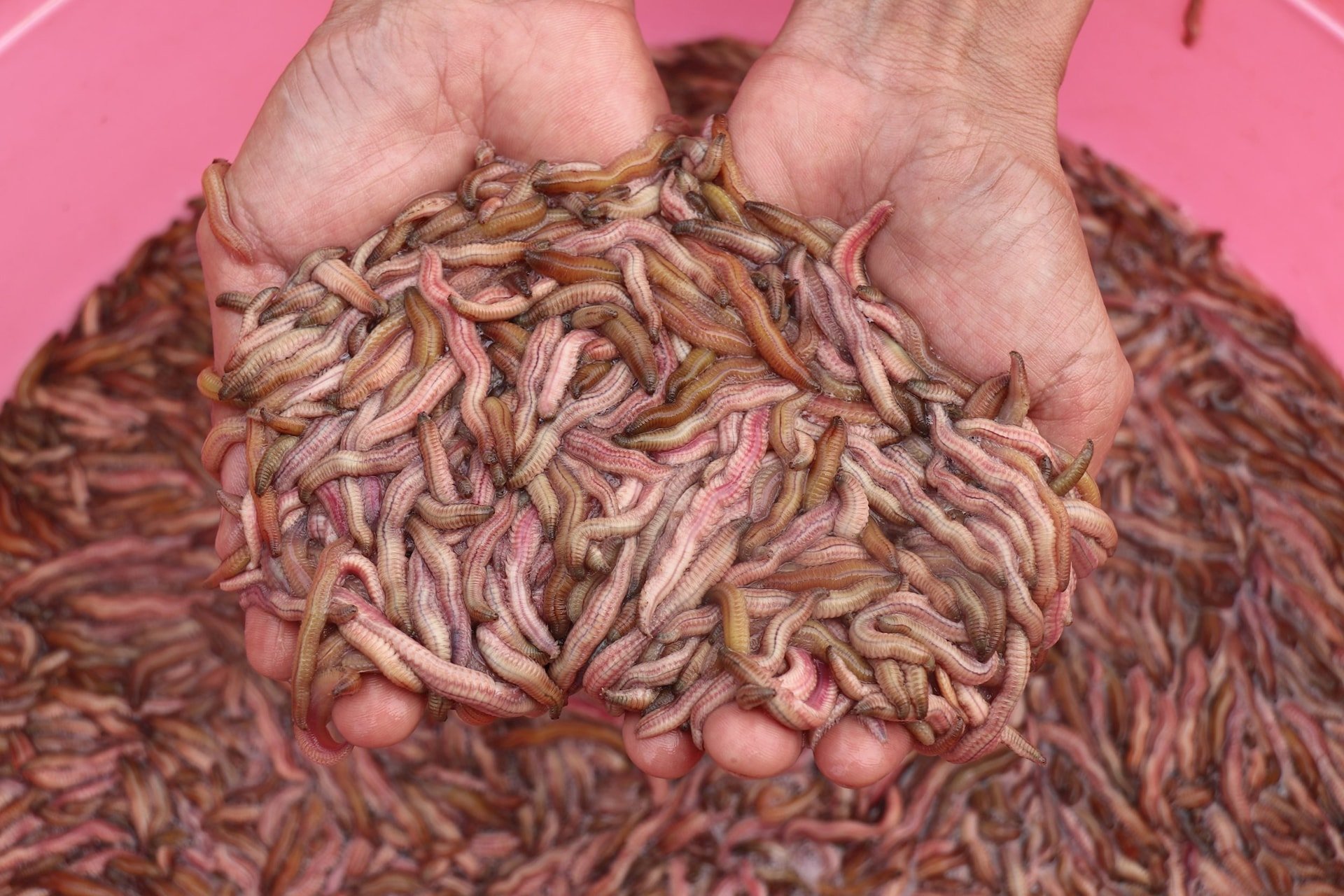
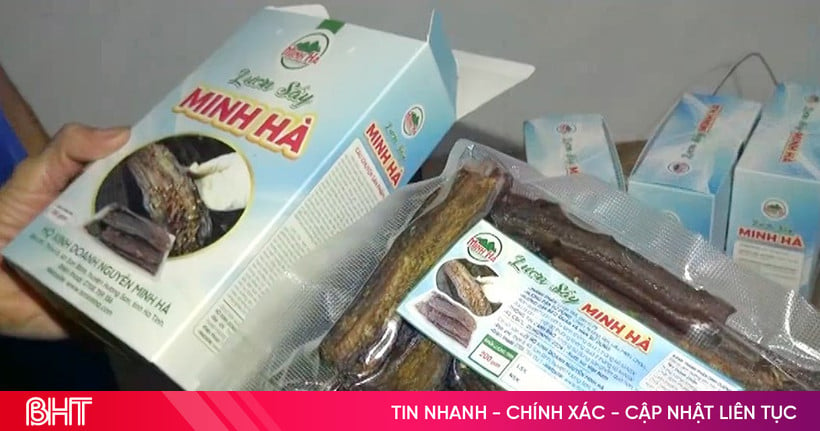



Comment (0)